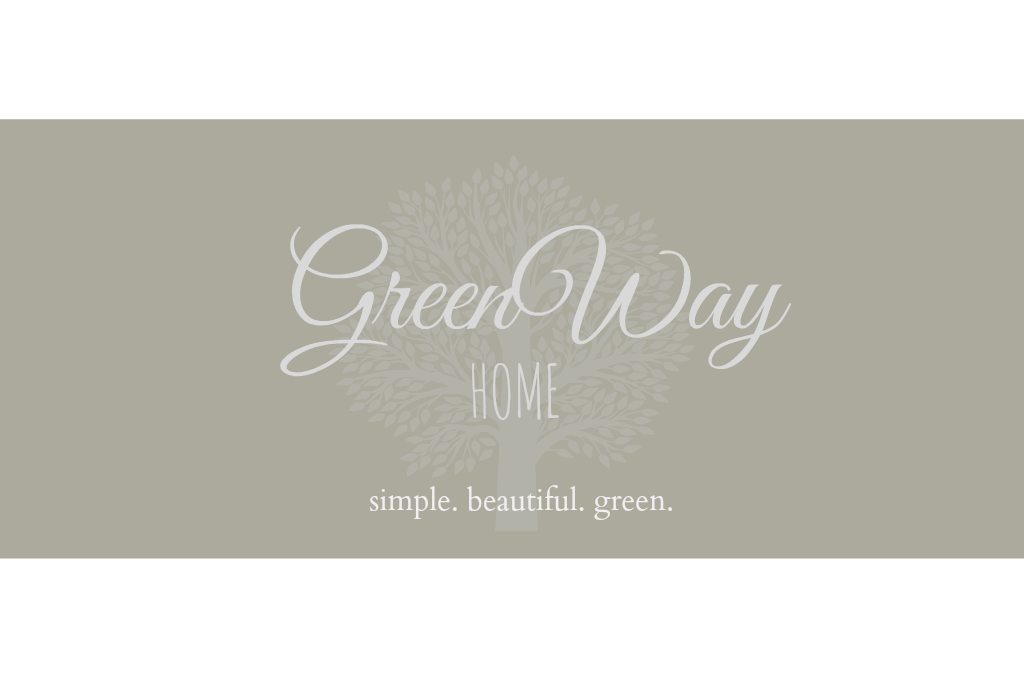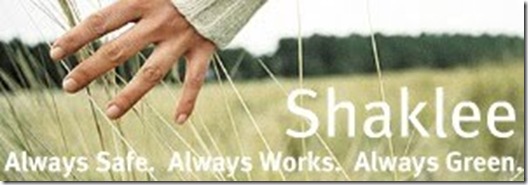Ask for Sustainable Seafood
This one's tricky, since there's no organic certification for standard fish. But with species now being fished to near extinction, and their habitats being damaged, it's a crucial step. What can you do? Choose seafood that reproduces in great numbers and is obtained without damage to any natural habitat. Blue Ocean Institute launched what it calls Fish Phone. Text 30644 with the message "FISH" and the name of the fish; you'll get a text back with an eco-assessment and better alternatives if need be.
Eat Organic & Local
Boost the planet's health -- not to mention your own -- with essential strategies for eating well every day.
The organic-versus-local debate rages on. On the one hand, organic food is grown without pesticides and chemical fertilizers, which require loads of energy to make and contaminate soil and groundwater when they're put to use. But given that food travels an average of 1,500 miles before it lands on your plate, eating locally has the edge when it comes to using less transportation energy. Where does that leave you? Strive to eat as locally and organically as you can. Admittedly, that's easier in certain locales than others; check out local harvest.org to find a farm near you.
Drink Organic, Too
It's not just what you eat that matters. All those pesticides and chemical fertilizers are used to produce your juice, milk, coffee, tea, wine, and cocktails, too. On top of that, coffee is often grown on land where rain forests once thrived. (Clear-cutting allows the sun to reach the plants so they'll grow faster.) By destroying rain forests, we're not only increasing the amount of greenhouse gases in the atmosphere, but also sending half of all bird species in those areas into extinction. Luckily, organic, shade-grown coffee is easy to find, as are organic cocoa and wine.
Grow Your Own
It doesn't get more local than this. Sure, you're probably not going to grow enough food to feed your family every night. But if you have a wee bit of outdoor space or a windowsill, you can grow something. It's much more satisfying to walk a few feet and pluck leaves for dinner than to drive to the store for herbs grown thousands of miles away and encased in plastic. Other relatively easy grow-at-home items include tomatoes, beans, and greens.
It doesn't get more local than this. Sure, you're probably not going to grow enough food to feed your family every night. But if you have a wee bit of outdoor space or a windowsill, you can grow something. It's much more satisfying to walk a few feet and pluck leaves for dinner than to drive to the store for herbs grown thousands of miles away and encased in plastic. Other relatively easy grow-at-home items include tomatoes, beans, and greens.
Be Takeout-Savvy
Yes, to be really, really green, you would always cook at home with all that wonderful produce from your garden or the local farmers' market. But sometimes, that's not possible. Next time you place an order, say you don't want any paper napkins; if every American gave up one paper napkin a day, we'd save a billion pounds of paper from going to landfills each year. Also decline plastic utensils, individual condiment packets, and chopsticks, the latter of which cost China about 25 million trees a year to make. And ask if you can bring your own container and have them fill it for you. After all, how many packets of soy sauce does one person need?
Eliminate Processed Foods
Most of the food we consume has been processed in one form or another. In fact, almost 30 percent of the energy used by the food industry goes into processing the stuff we eat. Eliminating all processed foods could cut your food-related carbon footprint by almost a third.
Eat Less of Everything
If this were as simple as it sounds, we wouldn't have an obesity problem in this country. Americans' portion sizes keep growing, and so do our waistlines. No matter how green our food is, each bite takes a toll on the environment through production, packaging, and transport. So, cutting down -- by preparing and ordering less, not just tossing out half of what's on your plate -- automatically reduces your carbon footprint, not to mention your caloric intake.



No comments:
Post a Comment